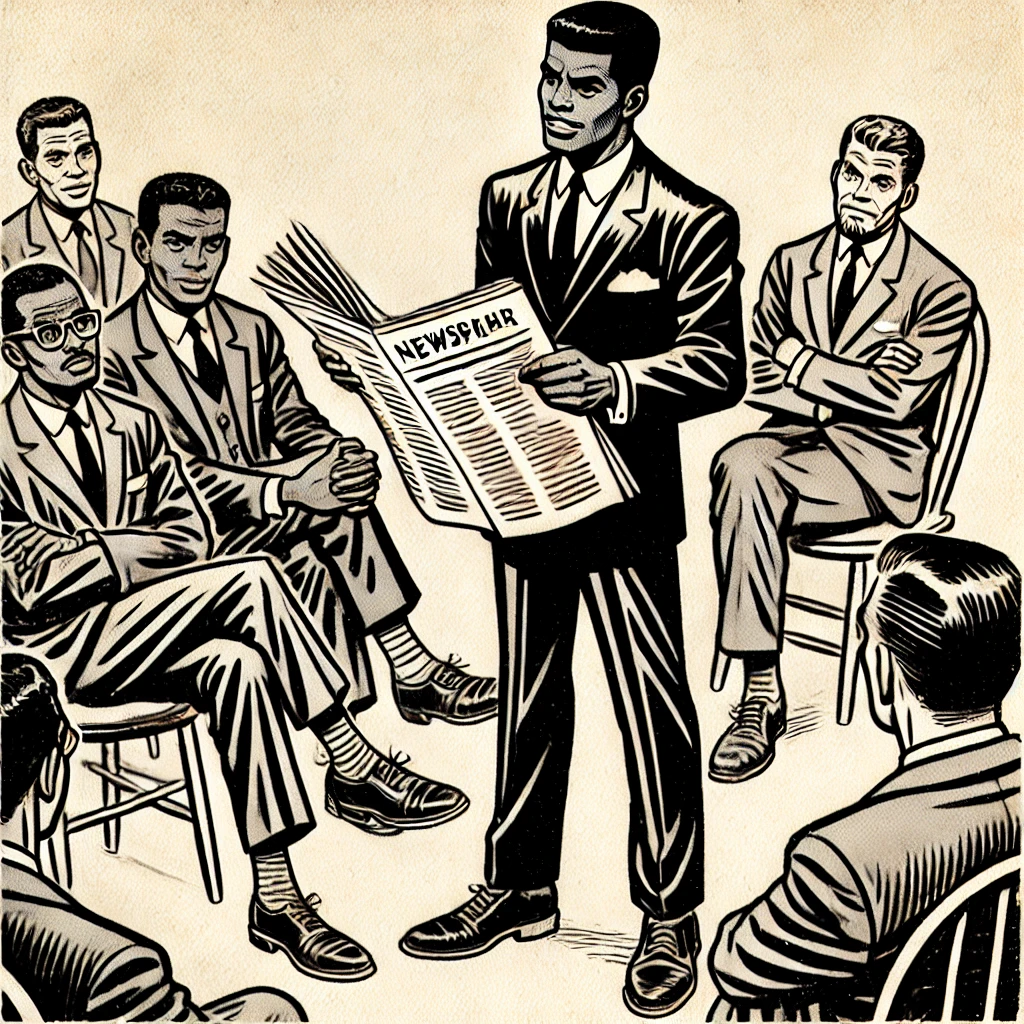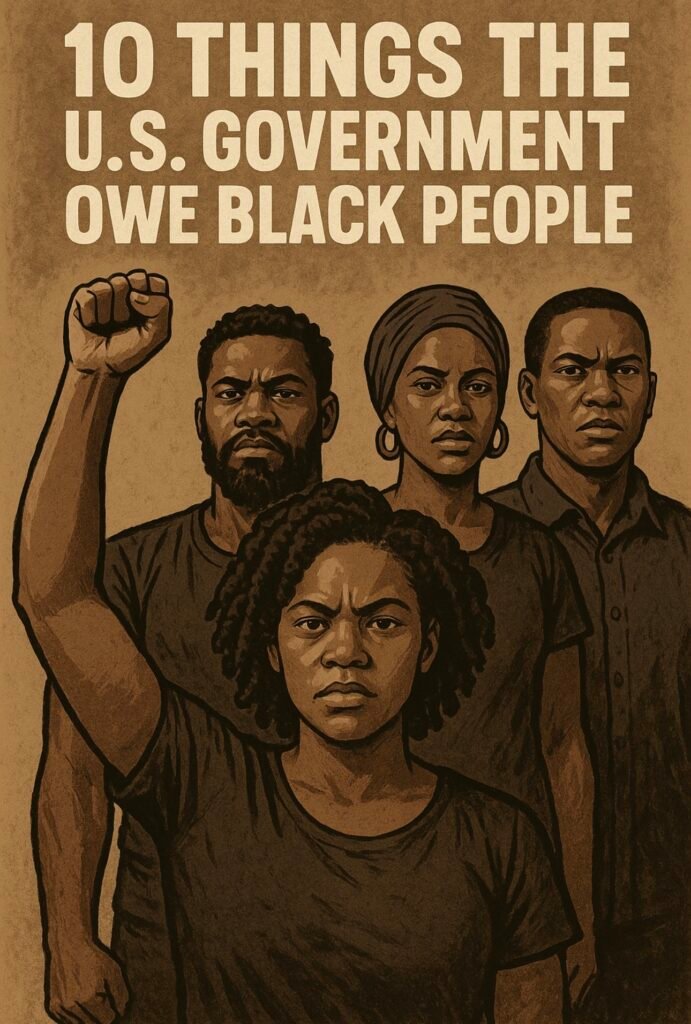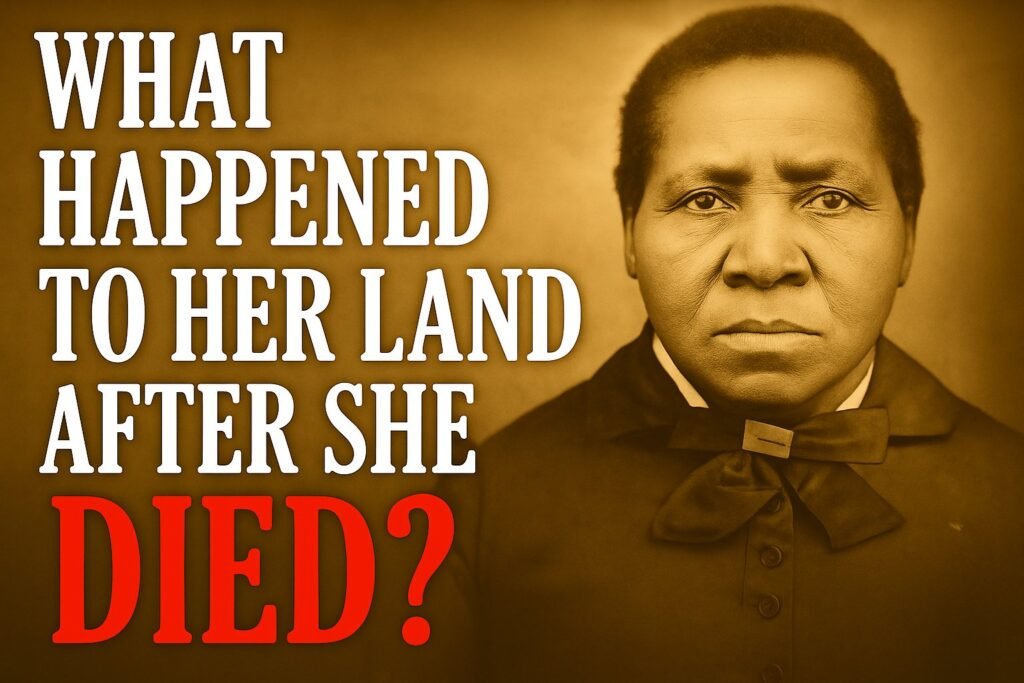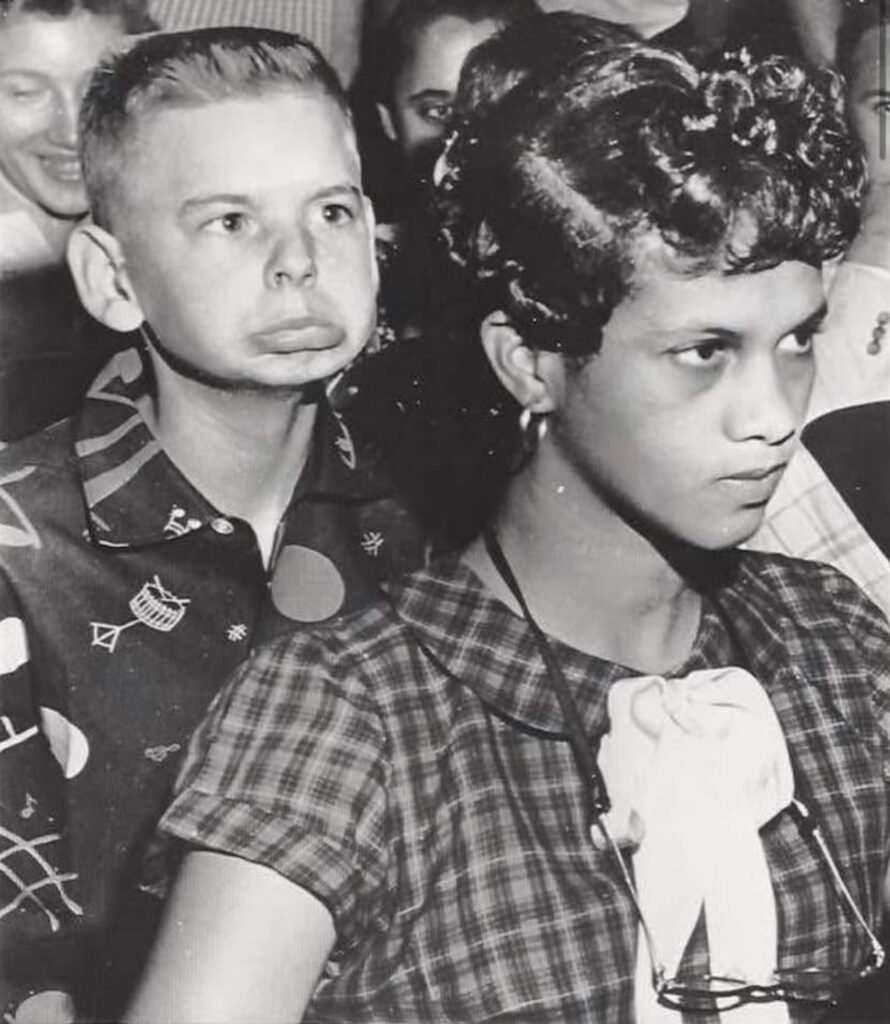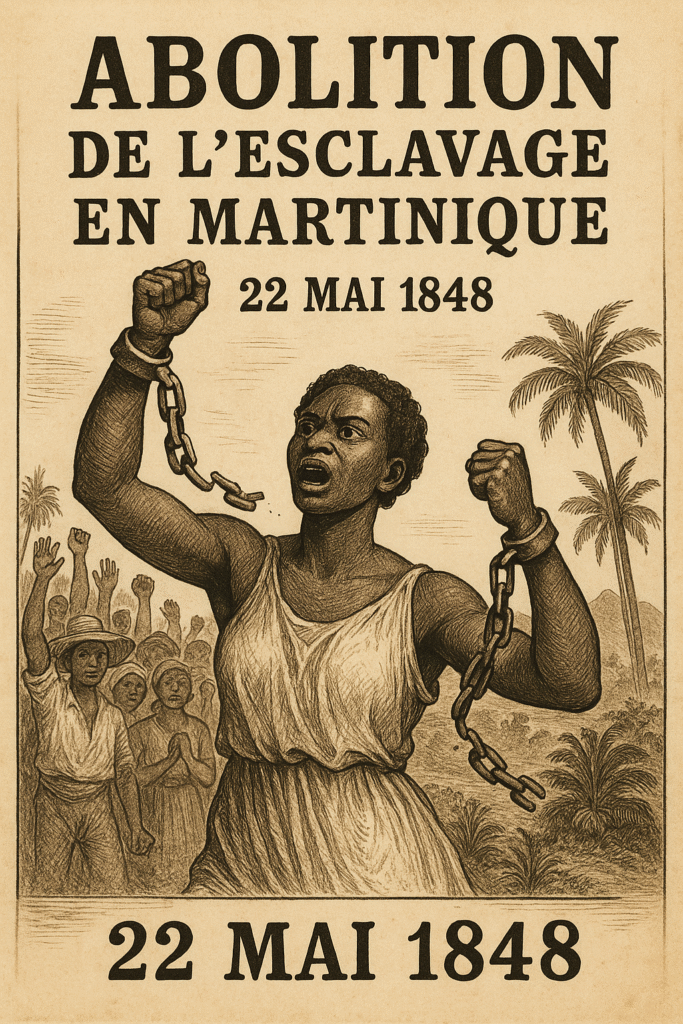Background of MOVE
MOVE is a radical environmental organization that emerged in Philadelphia in 1972, founded by John Africa and a collective of individuals committed to promoting a back-to-nature lifestyle. The group’s ideology heavily emphasized the importance of living in harmony with nature and critiquing modern society’s oppressive structures. MOVE members rejected conventional living, opting instead for a communal and sustainable existence that stood in stark contrast to mainstream urban life. Their philosophy was underpinned by a belief in animal rights, social justice, and environmentalism, and they sought to raise awareness about various societal injustices.
From the outset, MOVE’s founders were vocal in their condemnation of government interventions and law enforcement actions, which they viewed as oppressive and corrupt systems. Their activism often manifested through public demonstrations and confrontations with local authorities, creating a complex and highly charged atmosphere. Tensions escalated as MOVE’s tactics increasingly involved not only civil disobedience but also a staunch resistance against what they perceived as systemic injustices. For instance, in the years preceding the infamous bombing in 1985, MOVE members engaged in multiple confrontational standoffs with law enforcement, paving the way for escalating conflict.
Key incidents, such as the police attempts to evict MOVE from their headquarters and various arrests of its members, served as flashpoints for broader community unrest. Advocacy for social justice was a central tenet of MOVE’s approach, where they sought to spotlight issues such as poverty, racism, and police brutality. Their actions not only revealed the group’s fervent commitment to their cause but also highlighted the pervasive distrust between MOVE and law enforcement in Philadelphia. This environment ultimately laid a foundation for the tragic events that would unfold in May 1985, marking a significant chapter in urban conflict and community resistance.
Events Leading to the Bombing
The MOVE organization, founded in the 1970s in Philadelphia, was known for its radical beliefs centered on environmentalism, animal rights, and communal living. Tensions began to mount between MOVE members and the Philadelphia police in the early 1980s as friction arose over MOVE’s unconventional lifestyle and views. The first significant clash between MOVE and law enforcement occurred in 1978, leading to a violent confrontation that resulted in the death of a police officer and the incarceration of many MOVE members.
By 1985, relations had deteriorated further. MOVE had relocated to a row house at 6221 Osage Avenue, where its members had continued their anti-establishment campaigns. Concerns about public safety arose as neighbors reported repeated disturbances, including loud noises and threats from MOVE members. The intensifying uproar prompted the Philadelphia Police Department to take action, culminating in a standoff on May 13, 1985. Police surrounding the designated area erected barricades to control access and manage the growing tension.
As the standoff continued, city officials faced mounting pressure to take decisive action, as community residents expressed fear over MOVE’s presence. Many viewed the organization as a significant threat to public safety. In the days leading up to May 13, the city’s media began to extensively cover the situation, amplifying community unease and spreading awareness of the conflict. This increased scrutiny fueled public discourse around law enforcement’s strategies to handle such volatile situations.
The decision-making process by city authorities was complicated and fraught with controversy as they deliberated the best course of action. Ultimately, tensions reached a breaking point, leading to the tragic events that unfolded on that fateful day, forever marking a dark chapter in the history of urban conflict in Philadelphia.
The Bombing and Its Aftermath
On May 13, 1985, an incident occurred in Philadelphia that would forever alter the landscape of urban conflict and civil rights. During a standoff between MOVE, a controversial radical group, and law enforcement, the Philadelphia police, under the command of Mayor Wilson Goode, made the unprecedented decision to drop a bomb onto the MOVE compound from a helicopter. This action was intended to neutralize MOVE’s resistance; however, it resulted in catastrophic consequences.
The bombing ignited a fire that rapidly spread, ultimately consuming 61 homes, displacing many families and leaving an indelible scar on the West Philadelphia community. The blaze raged on as firefighters, hindered by police orders to stand down, were unable to combat the flames adequately. The chaotic scene resulted in the deaths of 11 MOVE members, including five children, a tragedy that prompted intense national outrage and numerous calls for justice regarding the tactics employed by law enforcement.
The immediate aftermath of the bombing led to a palpable sense of devastation among the residents of the neighborhood. Survivors recounted harrowing experiences, with many witnessing the destruction of their homes and the losses of their friends and family. The local community responded with shock and grief, while national media coverage sparked widespread debates over the disproportionate use of force by police against marginalized communities.
Following the bombing, various investigations were launched to examine the actions taken by both the police and the National Guard during the incident. Reports surfaced detailing failures in communication and planning, revealing a bureaucratic breakdown that significantly contributed to the chaos. Over the years, testimonies emerged from impacted residents, advocating for accountability and calling attention to the systemic issues that had led to such a tragedy.
In the long term, the MOVE bombing had lasting implications for Philadelphia’s social fabric, as it catalyzed discussions surrounding police conduct, community relations, and the rights of individuals within urban environments. It serves as a cautionary tale about the intersections of authority, community, and conflict, shaping dialogues about urban governance and justice that continue to resonate today.
Legacy of the MOVE Bombing
The MOVE bombing of 1985 in Philadelphia stands as a significant event that continues to resonate in discussions surrounding civil rights, police conduct, and urban governance. This tragic incident initiated profound conversations on systemic issues related to police brutality and accountability. In the face of widespread public outcry, the actions of law enforcement during the bombing drew attention to the need for reform in policing practices, particularly in how law enforcement interacts with marginalized communities. The incident highlighted the urgent need for law enforcement agencies to operate under principles of transparency and community engagement, especially in urban environments where tensions can escalate rapidly.
In the aftermath of the MOVE bombing, numerous initiatives emerged aimed at fostering dialogue between communities and police organizations. Advocates have pointed to policy changes at local and national levels that have sought to address the disparities in treatment faced by underrepresented groups. This push for accountability has included calls for increased oversight of police practices, the establishment of civilian review boards, and heightened training focused on conflict resolution and de-escalation techniques. Moreover, the legacy of the bombing serves as a reminder of the importance of civil rights protections and the ongoing struggle to ensure that all individuals have the right to defend their beliefs without fear of violent retribution.
Today, the MOVE bombing is memorialized through various observances and community-led efforts aimed at fostering remembrance and reconciliation. These commemorative activities serve not only to honor the lives lost during the bombing but also to educate future generations about the historical context and ongoing struggle for justice. The narrative surrounding the MOVE bombing has become intertwined with broader social justice movements, highlighting the interconnectedness of community activism in the quest for equity and reform across American urban landscapes. Through these efforts, the legacy of the MOVE bombing endures as a potent symbol of resilience and a call to action for ongoing reform in law enforcement and urban policy.

